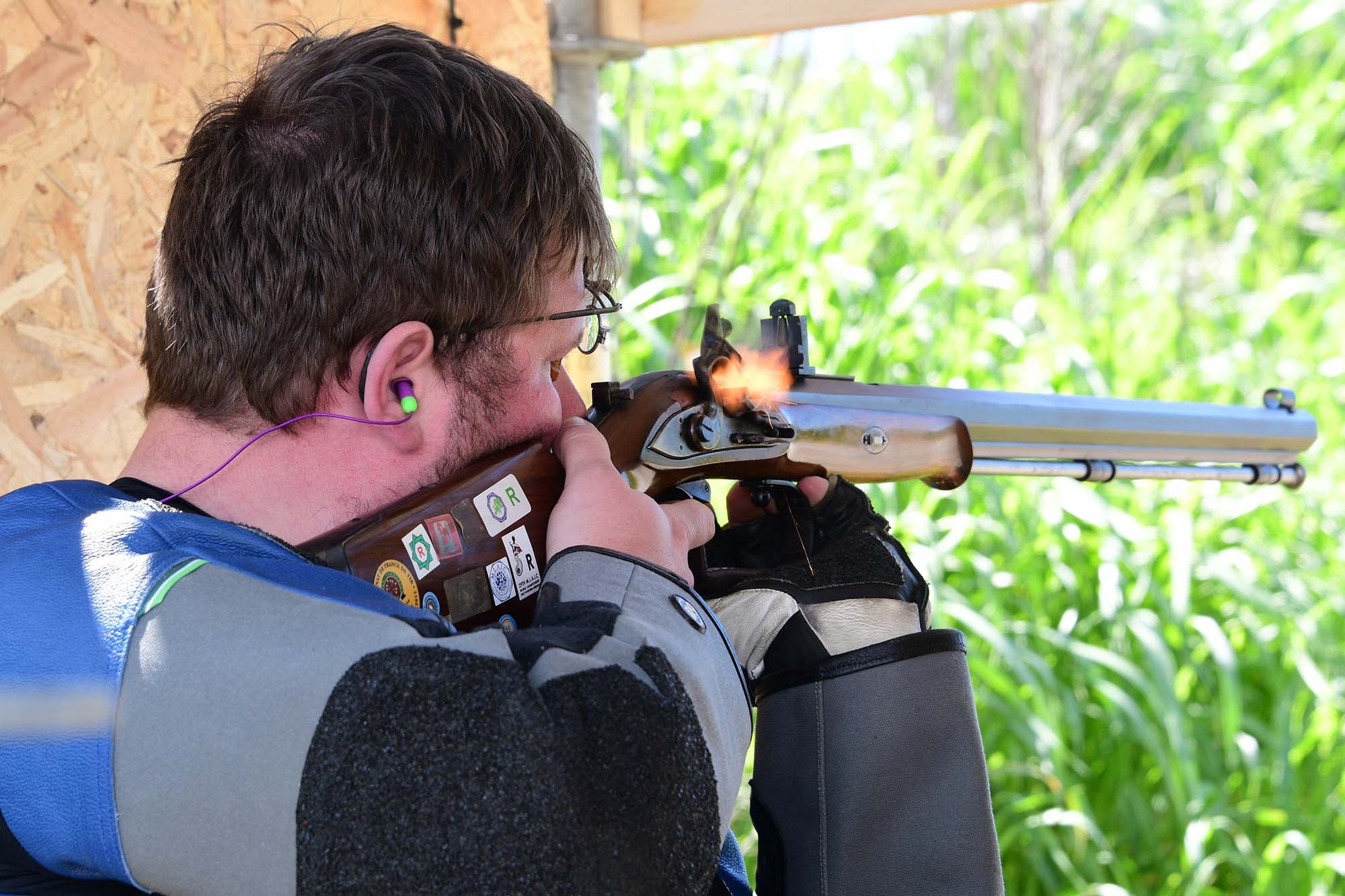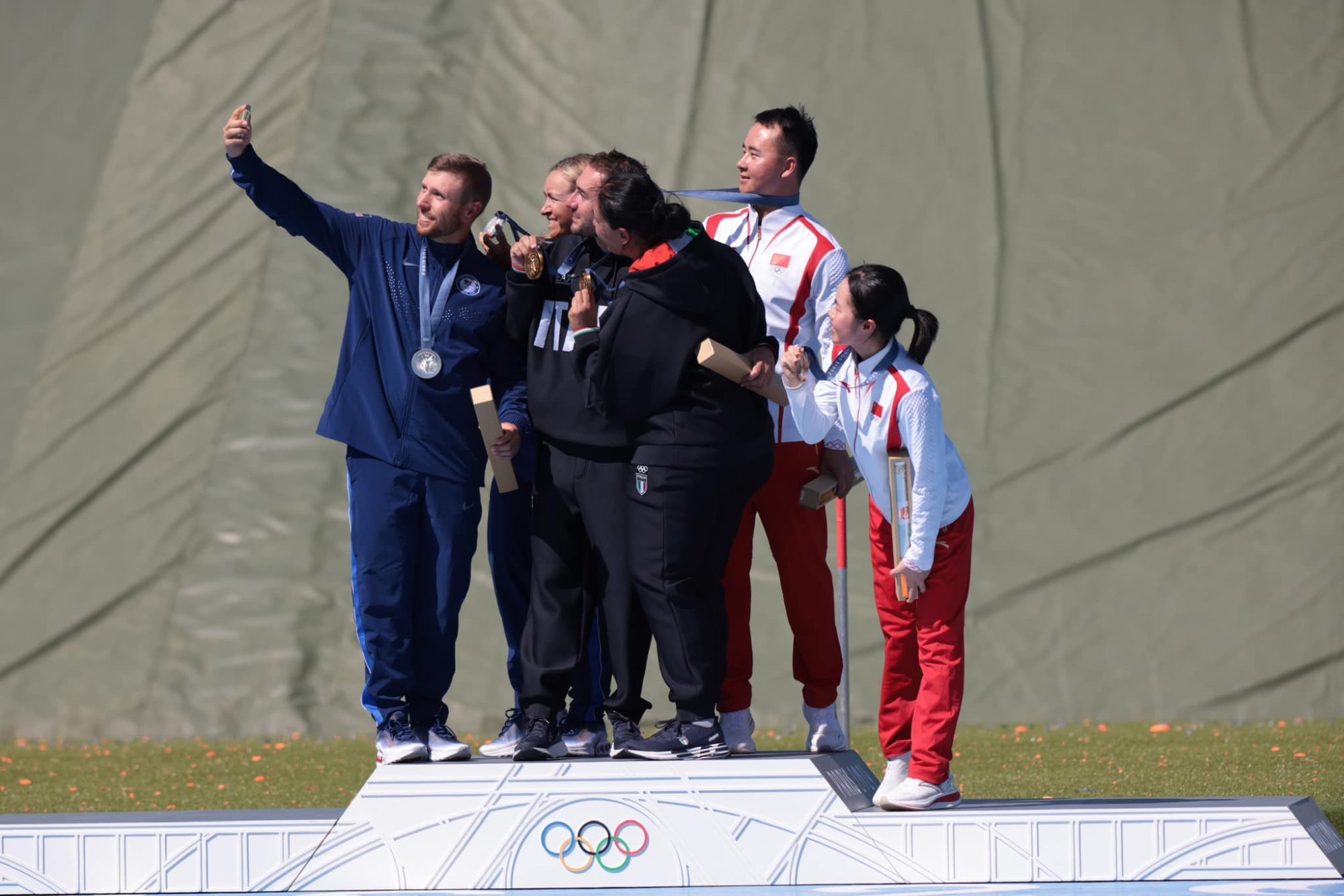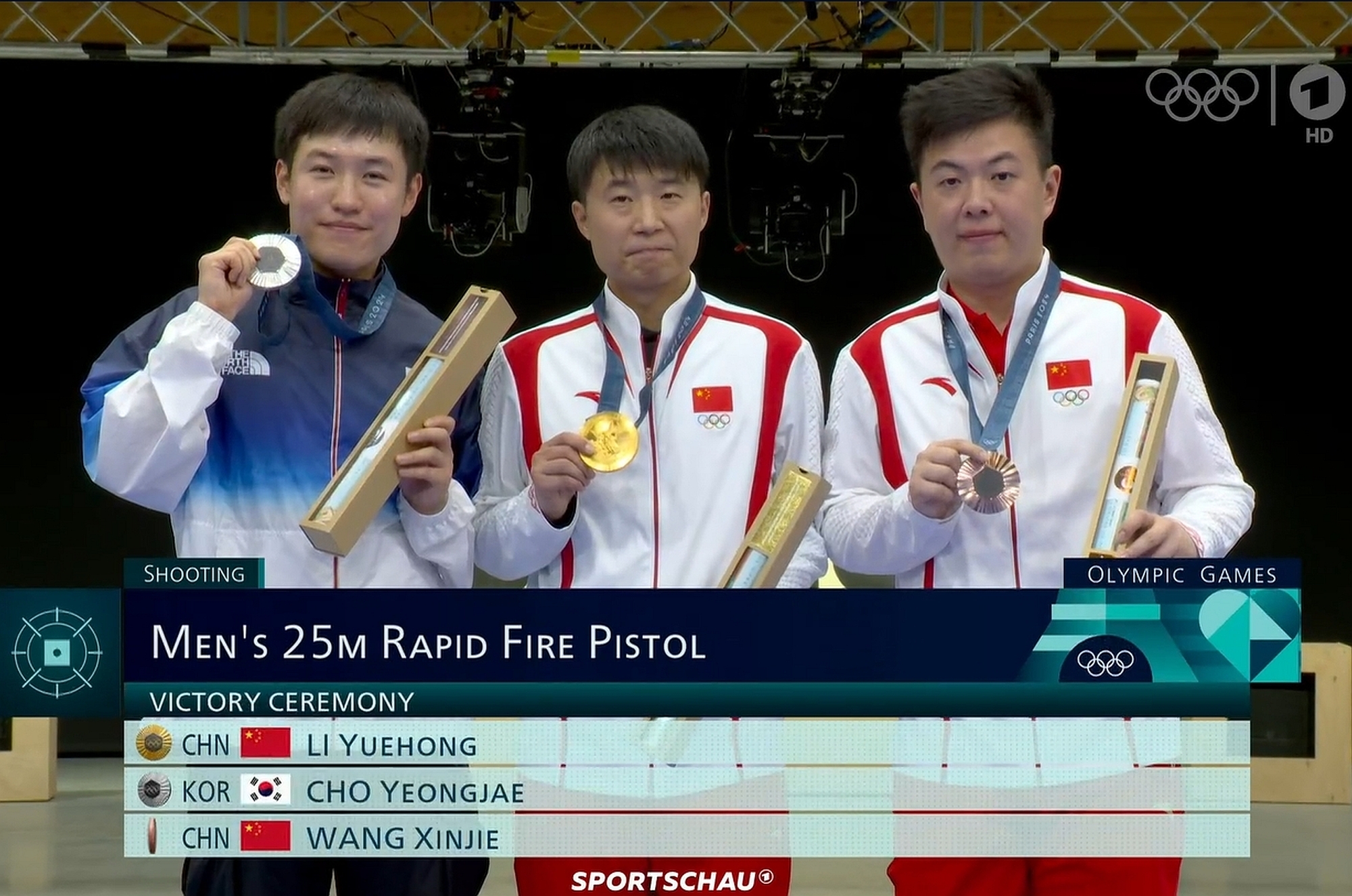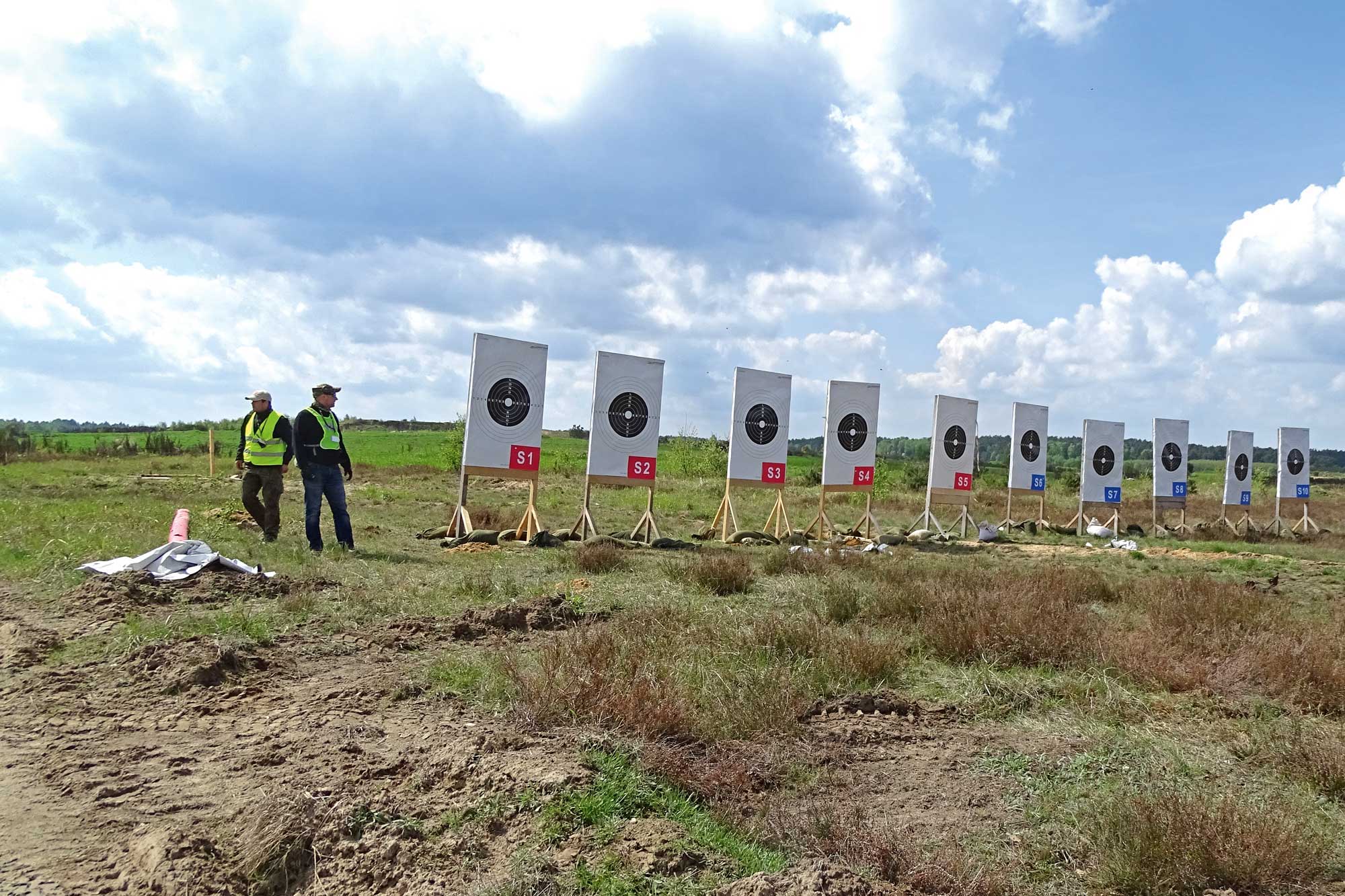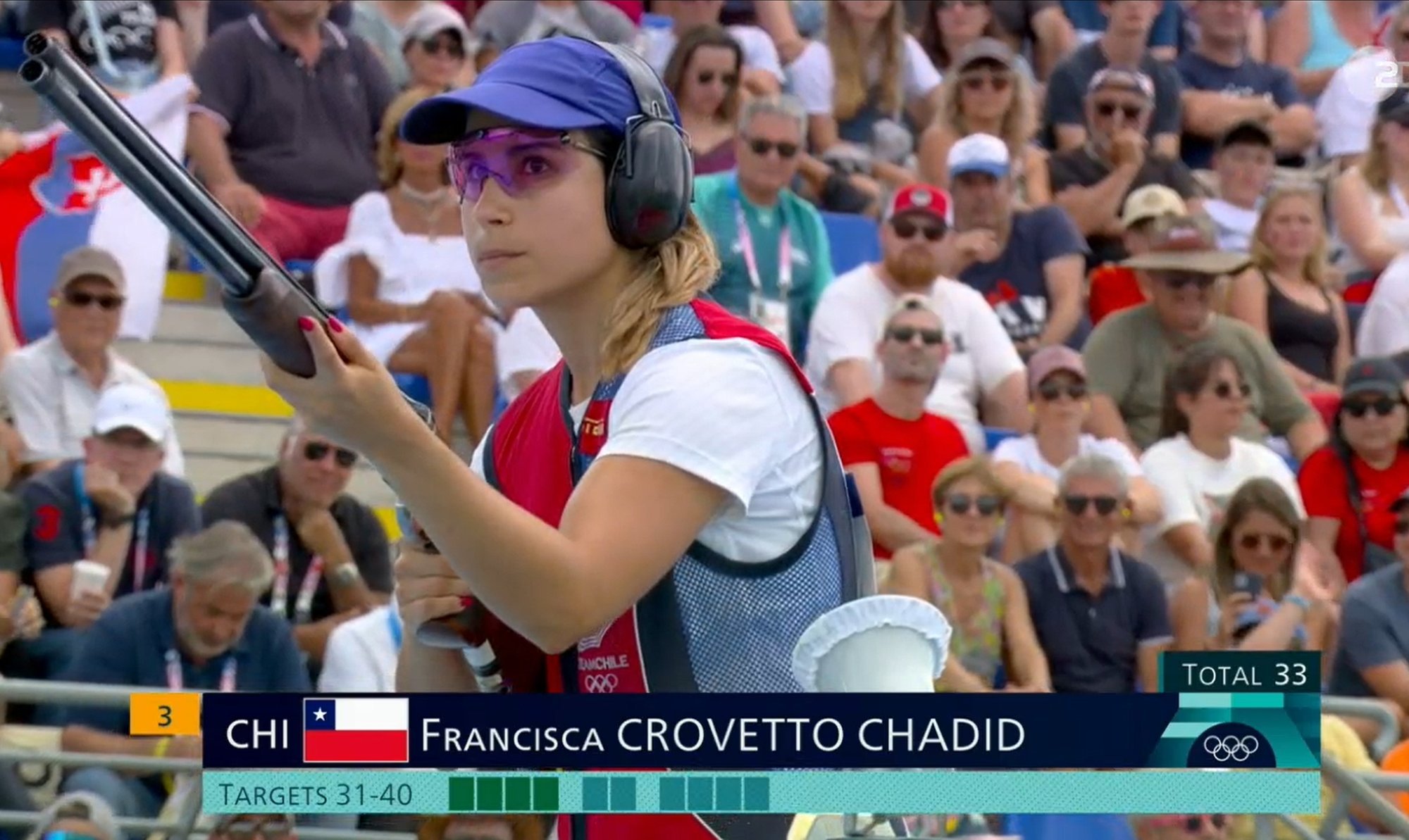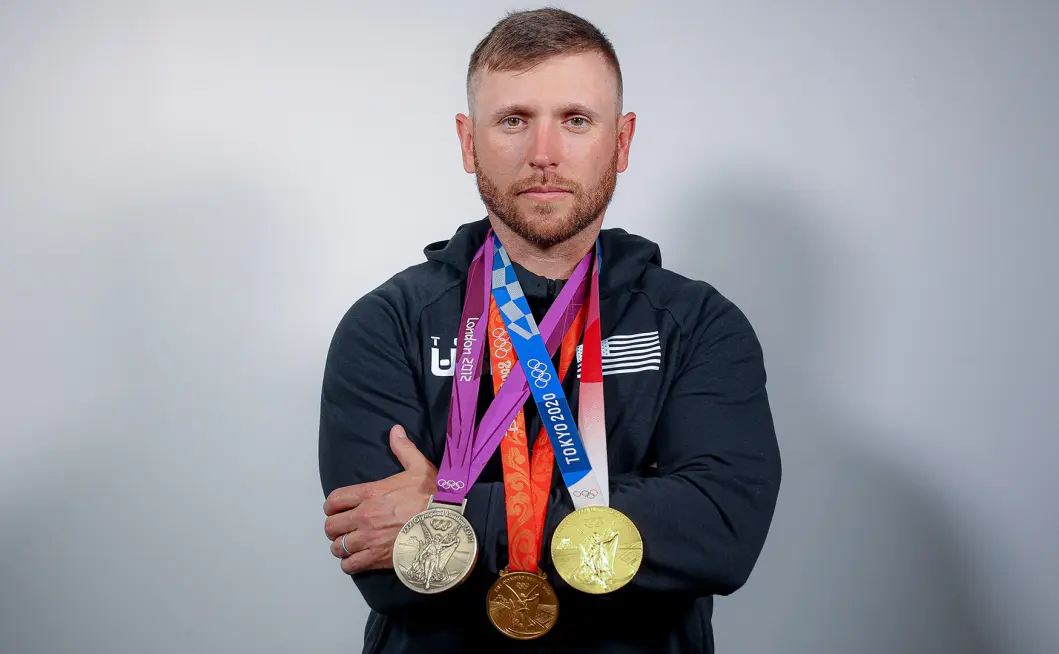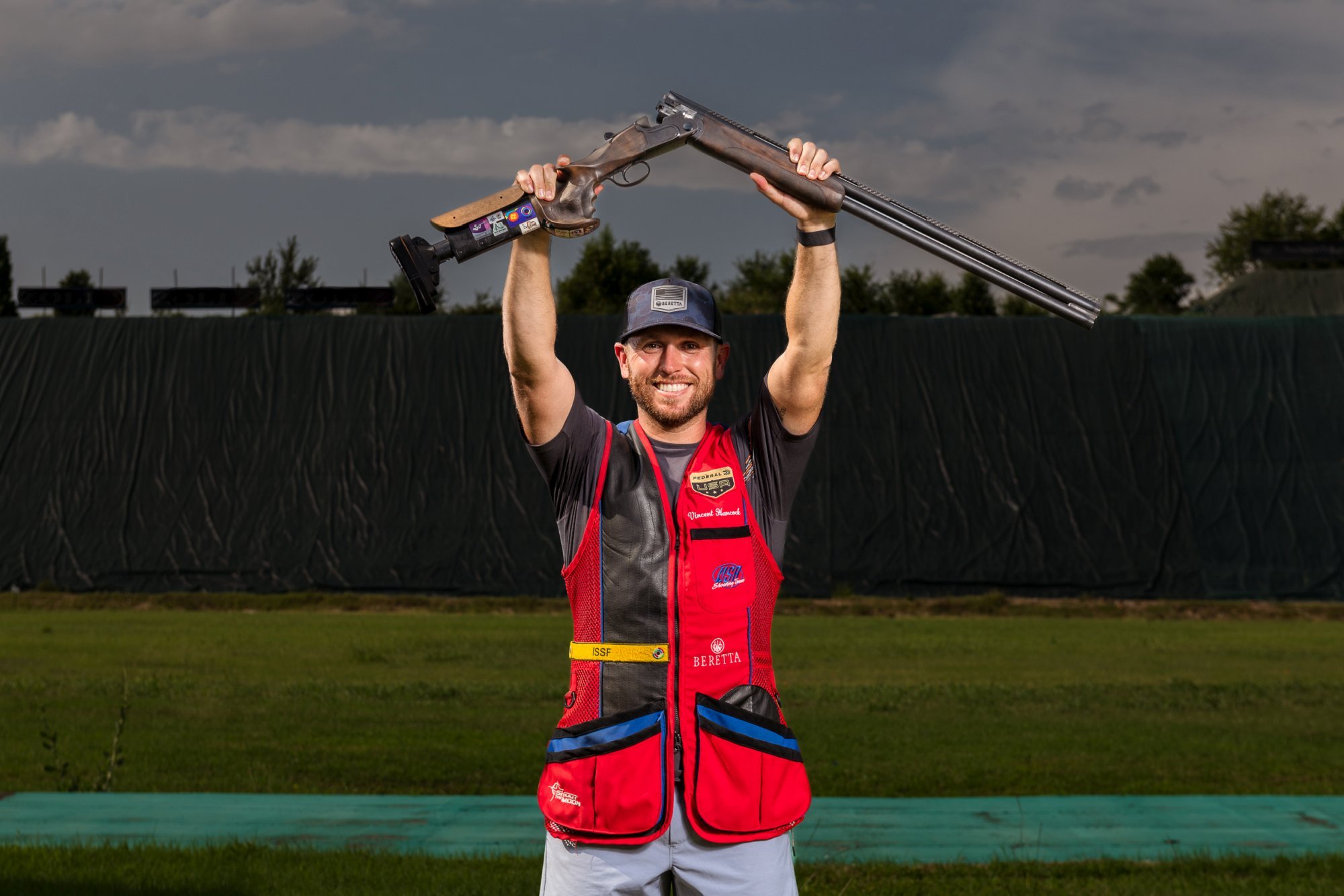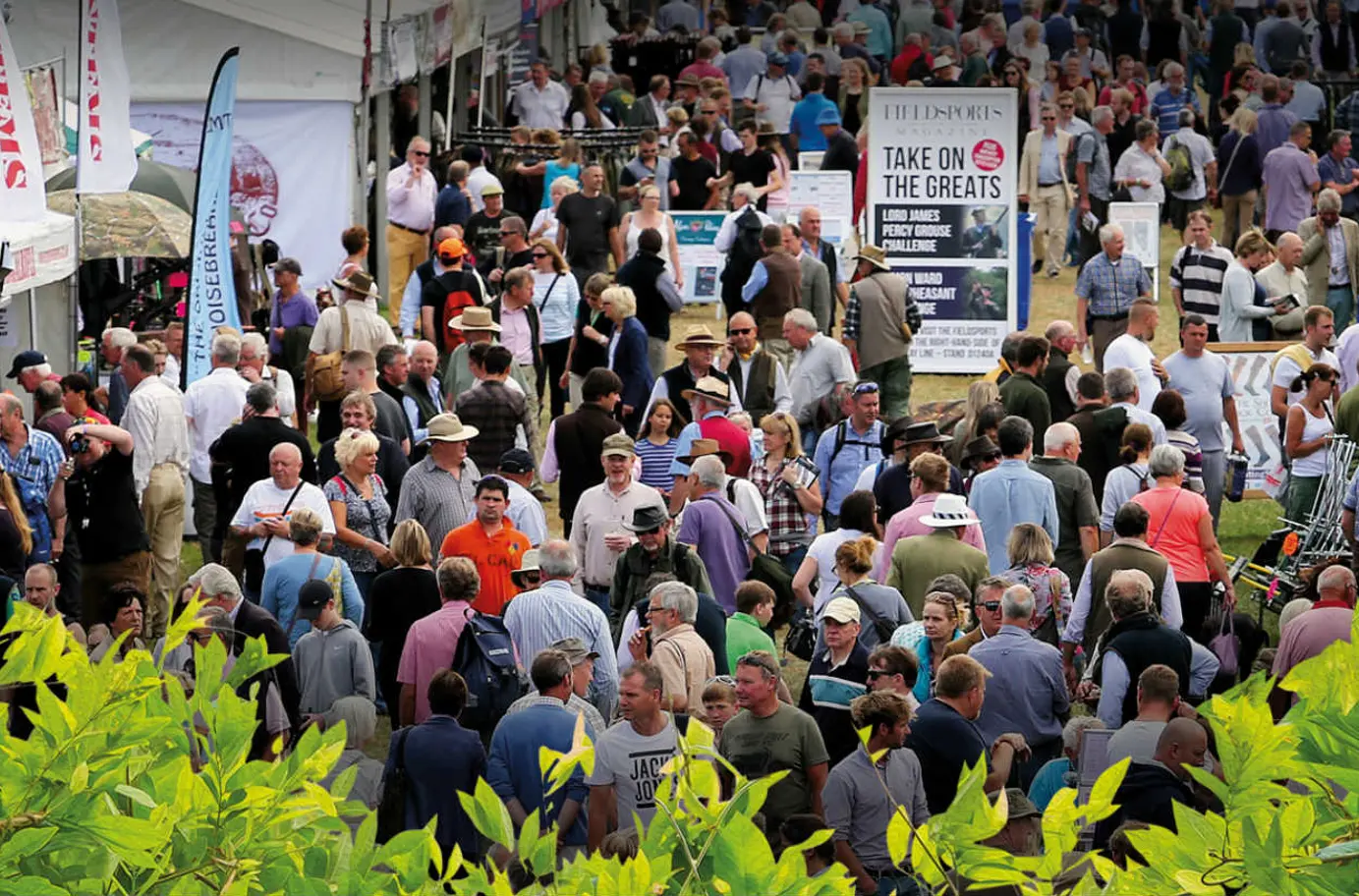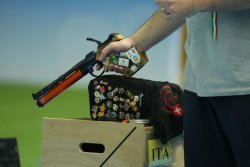
Shooting occupies a prestigious place in the program of the first modern Olympic Games. As early as Athens 1896, it was among the only nine events scheduled. At that time there were three pistol disciplines: free and military revolver at 25 metres, free pistol at 30 metres. Then the free rifle at 300 metres and military rifle at 200.
Except for Saint Louis 1904, shooting remained on the Olympic program until the second Paris games in 1924. Unfortunately, however, the IOC (International Olympic Committee) cancelled all shooting events planned for Amsterdam 1928 because it argued that the prize money of the ISU (International Shooting Union, since 1998 ISSF) World Championships did not fall within the parameters of amateur sports. It was however immediately reinstated in Los Angeles 1932.
The individual 10 meter air pistol competition has been on the Olympic program since Seoul 1988, with separate men's and women's rankings.
The technical aspects: gun, targets, ammunition
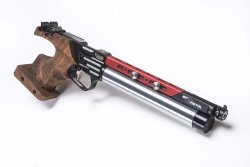
The match gun is a 4.5 mm (.177 inch) caliber air pistol with a maximum weight of 1,500 grams. It can be freely owned as a sporting gun in most world countries. As for the regulation size, the gun must fit into a 420x200x50 mm box. The lead diabolo (a double-funnel bullet shape with a flat front plate) with a weight of about 0.5 grams is propelled by tapped air from a pre-filled compressed air container (according to the rules, pistols with compression system, spring-loaded or CO2 mechanisms are also permitted, but these would no longer be competitive today). The trigger pull weight must not be less than 500 g. The grip of the pistol may not be extended in any way that would allow it to touch beyond the hand or any part of the wrist. Only "open" and non-optical sights are permitted. During competitions the gun must be held with one hand, in a standing position and with the target at a distance of 10 meters.
In the target, the diameter of the 10 ring (i.e. the highest possible value) is 11.5 mm. This is therefore smaller than a 1 euro cent coin, while the diameter of the 9 mm ring is 27.5 mm (slightly larger than a 2 euro coin). When shooting, a ring that is visibly hit or even just touched counts as a hit. However, since 1992 there have no longer been paper targets at international competitions or the Olympics; instead, hits are judged electronically when the pellet breaks through a "light curtain" at the bullet trap. The accuracy is adjusted to 1/10 of a ring (it would be technically possible to measure even more accurately), and the score and ranking after each shot is displayed on monitors for both shooters and spectators. This makes it easy to follow a competition from the outside.
Qualification and Final
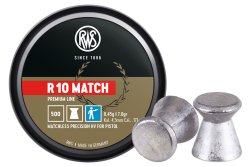
In the individual competition, all starters first complete the qualification round (60 shots in 75 minutes, preceded by 15 minutes of preparation and practice shooting). Tenth rings are not counted in this round; in the event of a tie, the "inner tens" (5 mm diameter) are counted, then the better last 10 series. The highlight of the competition is the 24-shot final, for which the eight best shooters from the preliminary round qualify. Scoring here includes decimal places: the maximum, i.e. an absolute central ten, is a 10.9.
The final starts again with zero rings for everyone. First, all finalists shoot five shots twice, then another two shots. Only then, after 12 shots, is the athlete with the worst result eliminated after two more shots. Gold is won by the one of the two remaining shooters who achieves the best result from the total of 24 shots in the final.
The articulation of the qualification is also essentially identical in the Mixed Team: 60 shots divided into 30 each for male and female shooters. The third and fourth qualified pairs compete for the bronze medal; the first pair against the second one for the gold medal.
The world specialists in the 10m air pistol
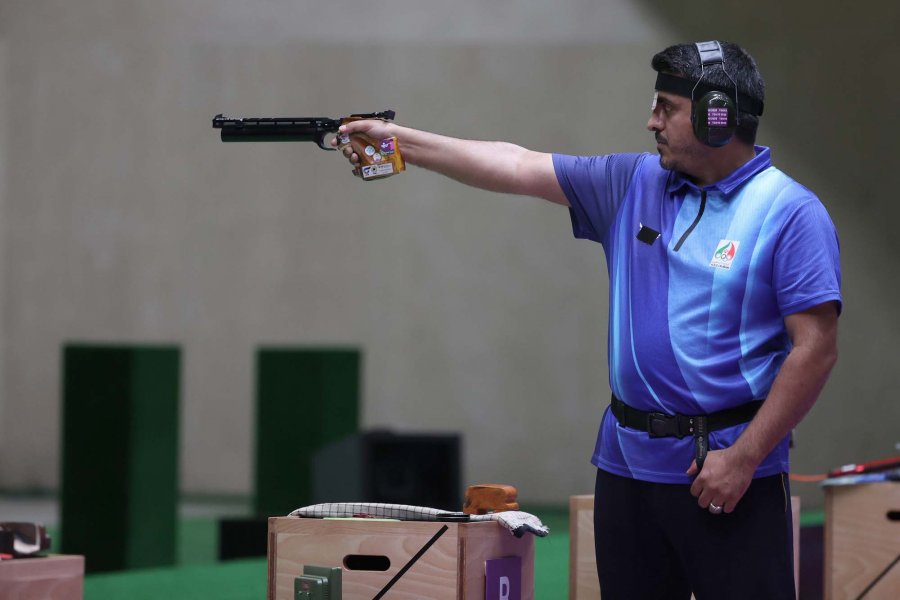
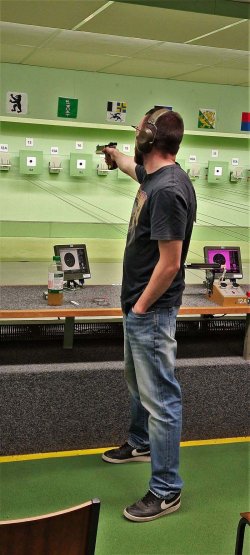
The Men's 10m Air Pistol competition of the Games of the XXXII Olympiad in Tokyo took place on 24 July 2021. Thirty-six athletes from 29 different nations participated and the winner was 42-year-old Iranian nurse Javad Foroughi – a real surprise. The women's competition took place the following day and victory went to 25-year-old Russian Olympic Committee shooter Vitalina Bacaraškina.
Currently leading the ISSF women's ranking in the discipline is the Greek Anna Korakaki, a veteran despite being just 27 years old, ahead of India's Rhythm Sangwan and the semi-unknown other Indian Devi Anuradha. The top female specialists are Hungary's Veronika Major, India's Sainyam Sainyam and Esha Singh, Turkey's Sevval Ilayda Tarhan, Armenia's Elmira Karapetyan and German veteran Sandra Reitz.
At number one in the men's ranking is Hojin Lim from the Republic of Korea, followed by India's Varun Tomar and Bulgaria's Samuil Donkov. Besides these, all under the age of twenty-five, the top specialists are Uzbekistan's Mukhammad Kamalov, Italians Paolo Monna and Federico Nilo Maldini, Ukrainian Oleh Omelchuk, Slovakia's Juraj Tuzinsky, Latvia's Emils Vasermanis, Azerbaijan's Ruslan Lunev, India's Sagar Dangi, and Germany's Robin Walter.
10m air pistol medals and records
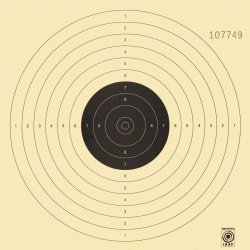
ATTENTION: as World Cup competitions are currently still underway, in which further starting places for the Olympics can be won, the rankings of the best shooters are constantly changing.
The most up-to-date is the ISSF qualification rankings:
ISSF ranking list 10m air pistol men
ISSF ranking list 10m air pistol women
In addition to Anna Korakaki from Greece, Rhythm Sangwan from India, Veronika Major from Hungary and Sylvia Steiner from Austria are all considered to have a good chance of winning medals, as is Olena Kostevych from Ukraine. Among the men, Damir Mikec from Serbia, Juraj Tucinsky from Slovakia and the German Robin Walter are considered favorites.
For the calendar:
When are the 2024 Olympic shooting competitions with the air pistol at 10 meters?
Sunday, July 28, 09:30 to 13:05: Air pistol 10m - men's final, air pistol 10 m - Women's final
Tuesday, July 30, 09:30 to10:50: Air pistol 10m - Mixed final
(non-binding times as of mid-March!)
During the months leading up to the Paris 2024 Olympics, we will publish an article every week dedicated to the Olympic Games and shooting sports. We will make you live the Olympic dream until the lighting of the brazier and even after, when it's medal time. Stay tuned!
To read the previous articles click on the links below:
- It will be a global celebration of sports: here's what to know about the Paris 2024 Olympic Games for sport shooters
- Ten days of passion! Shooting competitions at the Paris 2024 Olympic Games from July 27 to August 5 in Châteauroux
- Paris 2024 Olympic Games: sport shooting events to begin on July 27, 2024. Media coverage and time schedule
- Interview with Luciano Rossi, ISSF President



